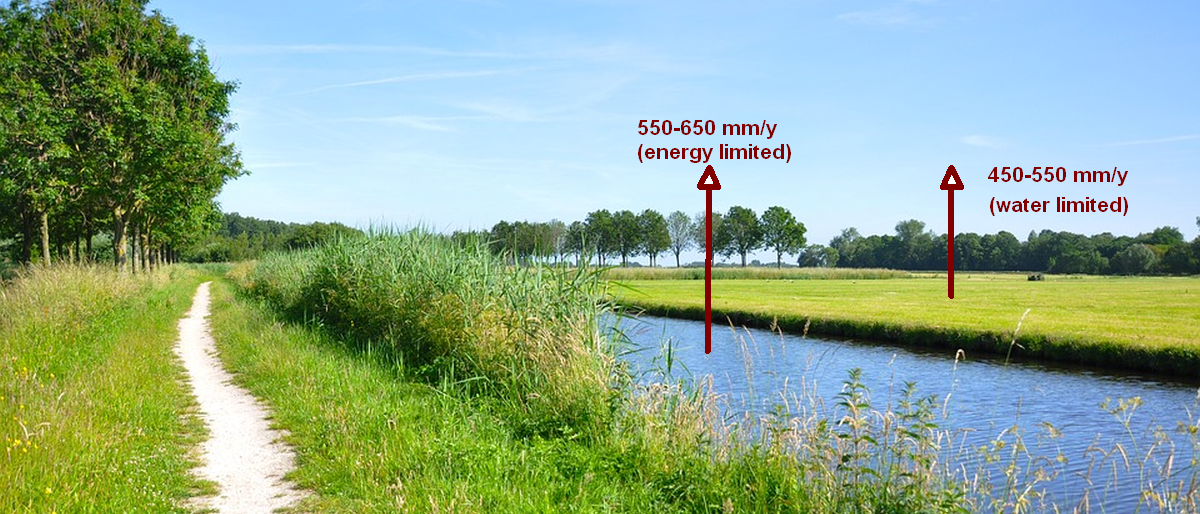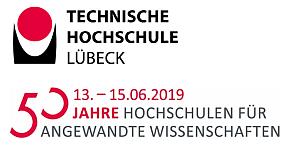Evapotranspiration is the invisible antagonist of precipitation. More than 70 % of annual precipitation return to the atmosphere by evapotranspiration or directly from the soil (evaporation) or by the intermediary of vegetation (transpiration) through a physiologically controlled water transport from root to canopy. Evapotranspiration is a cooling agent and can lower the temperature by a few degrees – the reduction of evapotranspiration in urban environments can increase temperatures by about 2-3 degrees Celsius. Evaporation is a slow but mighty process: It consumes between 0.5 (winter) to 5 Liters per square meter per day. The steady process, however, can lead to a total evapotranspiration of 450 to 550 Liters per square meter per day on land surfaces and even higher amounts on lakes or water bodies.

Key factors for evaporation are:
- energy – short and long wave radiation
- humidity deficit of the air – the capacity of the atmosphere to absorb moisture
- wind – the capacity to transport saturated air away from the site and to renew the vertical transfer process
Class A pan data can be found on: https://openmeteo.org/stations/d/1480/

